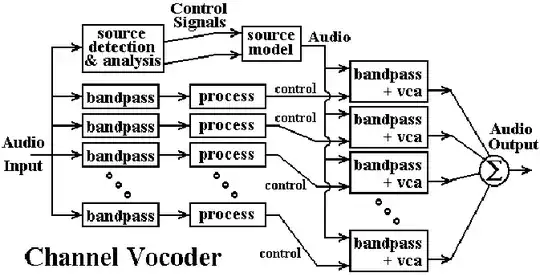tl;dr– It's not generally reversible, but it might still be reversed in practice.
Analogy: Reversibility of reducing a name to its length.
Consider a reduction method that takes in a person's first name and gives the number of letters in it. For example, "Alice" is transformed into 5.
This is a lossful process, so it can't be generally reversed. This is, we can't generally say that 5 necessarily maps to "Alice", as it might also map to, e.g., "David".
That said, knowing that the transform is 5 still contains a lot of information in that we can exclude any name that doesn't transform into 5. For example, it's obviously not "Christina".
So now say that you're a police detective, trying to solve a case. You've narrowed down the suspects to Alice and Bob, and you know that the culprit's anonymized name was 5. Sure you can't generally reverse 5, but, does that theoretical point really help Alice in this case?
Point: Lossful voice transforms aren't generally reversible, but they still leak information.
In the good ol' days, before computers and such, it may've been enough to lossfully transform one's voice. Then if a third party wanted to recover the original speaker's voice, they couldn't – which, back then, would've probably been it.
Today, we can use computers by:
Establish the ensemble of possibilities with their prior probabilities tagged.
Run the voice-anonymization software symbolically to generate a probabilistic ensemble of voices.
Take the inner product of that ensemble with, say, a set of suspects to generate an informed set of probabilities.
This method is general to any transform that isn't completely lossful. However, the usefulness of the resulting information will vary with the degree to which the anonymization method was lossful; a mildly lossful transform may still be largely reversible in practice despite not being generally reversible, while a heavily lossful transform may yield so little helpful information that it'd be practically irreversible.
